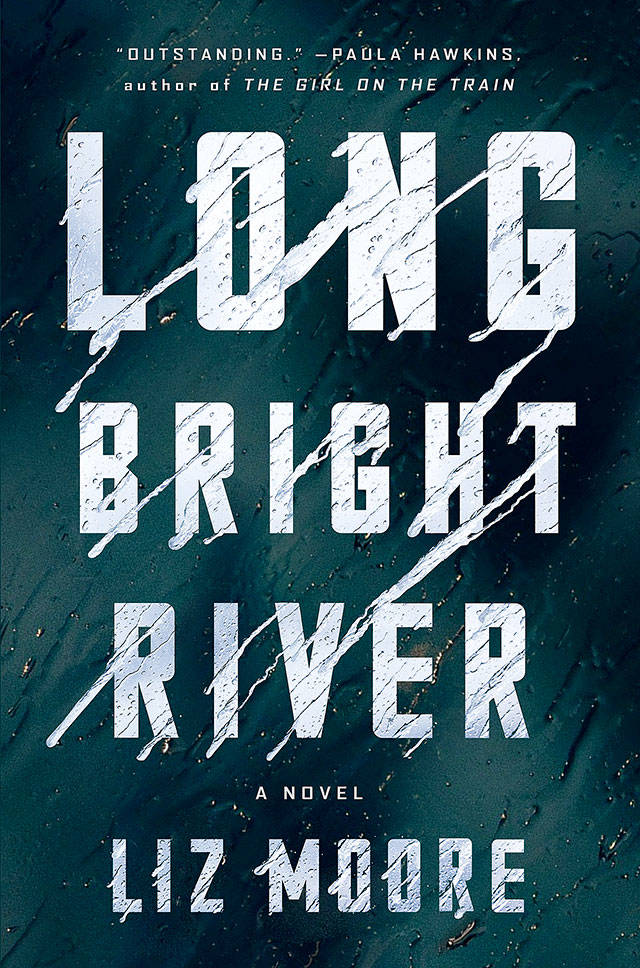By Maureen Corrigan / The Washington Post
“A world gone wrong.” Of all the signature lines that Raymond Chandler bequeathed to the world, this one may be his most resonant. It appears in the introductory essay of his 1950 collection of short stories, “Trouble Is My Business.” There, Chandler tries to account for the power of his early, relatively unsophisticated detective stories, many of them published some 20 years before in pulp magazines:
“Possibly it was the smell of fear which these stories managed to generate. Their characters lived in a world gone wrong, a world in which, long before the atom bomb, civilization had created the machinery of its own destruction, and was beginning to use it with all the moronic delight of a gangster trying out his first machine gun.”
That phrase has since become one of the defining elements of hard-boiled detective fiction, a genre that, above all, investigates “a world gone wrong.”
The historical forces that corrupt the world have changed with time. For Chandler, the culprits were the Great Depression and two World Wars. For Liz Moore, author of the extraordinary new crime novel, “Long Bright River,” it’s the opioid epidemic that ravages the once cohesive world of Kensington, a historically working-class neighborhood in northeast Philadelphia.
Like Bedford Falls in the famous noir sequence of “It’s a Wonderful Life,” the mundane has been made menacing in Kensington, where rowhouses that once were crammed with families (however imperfect), now shelter a shifting population of addicts; where factories that once produced hats and carpets have deteriorated into open-air drug markets. A world gone wrong, indeed.
The detective who must navigate this nightmare cityscape is Mickey Fitzpatrick, a 30-something patrol officer in the Philadelphia Police Department. Mickey’s younger sister, Kacey, walks the streets of Kensington for a different reason: She’s an addict who supports her habit by turning tricks, catering to the commuter trade that drives through Kensington to buy drugs. If that premise sounds contrived (and at least as old as the classic 1938 gangster film, “Angels With Dirty Faces” starring Humphrey Bogart and Pat O’Brien, as the sinner and saint, respectively), Moore’s nuanced development of Mickey’s troubled character banishes all reservations.
As Mickey recalls in flashbacks interspersed throughout the main narrative, she stepped into the role of Kacey’s caretaker early, when the two girls were abandoned to the stinting care of their grandmother after their parents fell victim to drugs. Kacey subsequently began using — and overdosing — in high school, an episode that Mickey shares with us in a chapter that opens with this chilling declaration: “The first time I found my sister dead, she was 16.” As Kacey was drawn deeper into the netherworld, Mickey found refuge in an after-school program run by the Police Athletic League. One volunteer, in particular, a handsome divorced officer named Simon Cleare, took an interest in Mickey — too much of an interest, as it turns out. He inspired her with a vocation for police work and left her with now 4-year-old son, Thomas.
Moore, a former musician and the author of three previous novels, is an astute social observer. Her depictions of Mickey’s isolation are sharp-eyed to the point of pain. Becoming a police officer and aspiring for a better education for her son has cut off Mickey from Kacey and her extended family. But her working-class background and carefully budgeted income distance her from the mothers of Thomas’ private preschool classmates (a scene where Mickey hosts Thomas’ birthday party at a McDonald’s to the discomfort of one of the wealthier moms devolves from strained to heart-wrenching.)
Moore is every bit as deft in constructing suspense. Mickey’s dread mounts as she becomes convinced that something terrible has happened to her sister and, so, she takes more risks in her investigation. Here’s a tense moment where Mickey, who’s broken into an abandoned rowhouse-now-drug-den searching for Kacey, realizes she’s made a mistake by backing herself into an upstairs bedroom:
“There’s a bare mattress on the floor and a chalkboard on the wall, bold markings on it in a childish hand. … I gaze at it, wondering whether the drawing was created before the house’s abandonment. … There are three stubby pieces of chalk on the wooden rail beneath it, and I can’t resist … It’s been years since I drew in slate.
“I’m just returning the chalk to its grove when I hear someone enter the house below.
“I flinch. And the chalk makes a slow arc from the rail to the floor, landing with an unmistakable clack.”
“Long Bright River” — a book that has garnered much pre-publication buzz — nervously twists, turns and subverts readers’ expectations until its very last pages. Simultaneously, it also manages to grow into something else: a sweeping, elegiac novel about a blighted city. As Chandler did for various sections of Los Angeles, Moore — who lives in Philadelphia — excavates Kensington and surrounding areas in Philadelphia, illuminating the rot, the shiny facades of gentrification and the sturdy endurance of small pockets of community life. Mickey may not be able to make everything right, but, by the end of the novel she’s found enough reasons to believe that not all is wrong with this world.
“Long Bright River”
By Liz Moore
Riverhead. 496 pages. $26.
Talk to us
> Give us your news tips.
> Send us a letter to the editor.
> More Herald contact information.

























